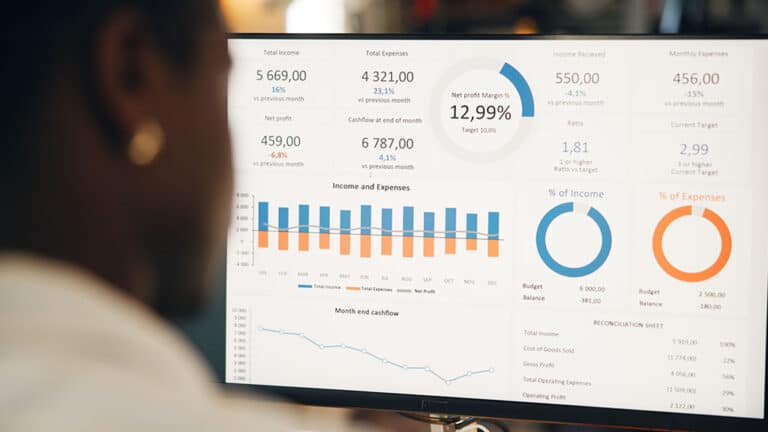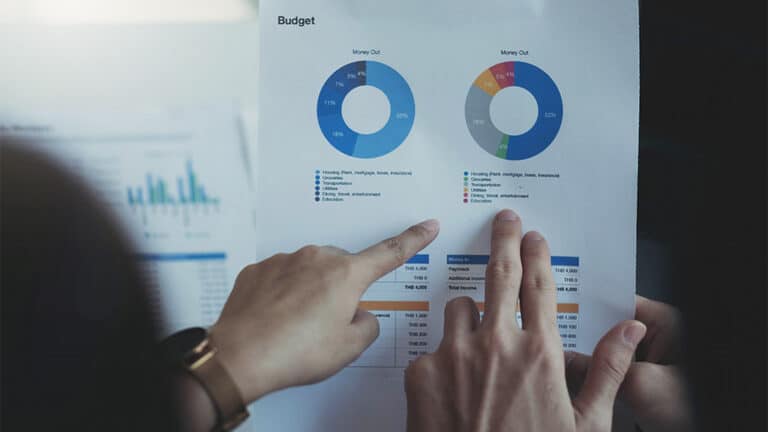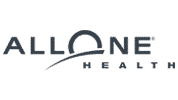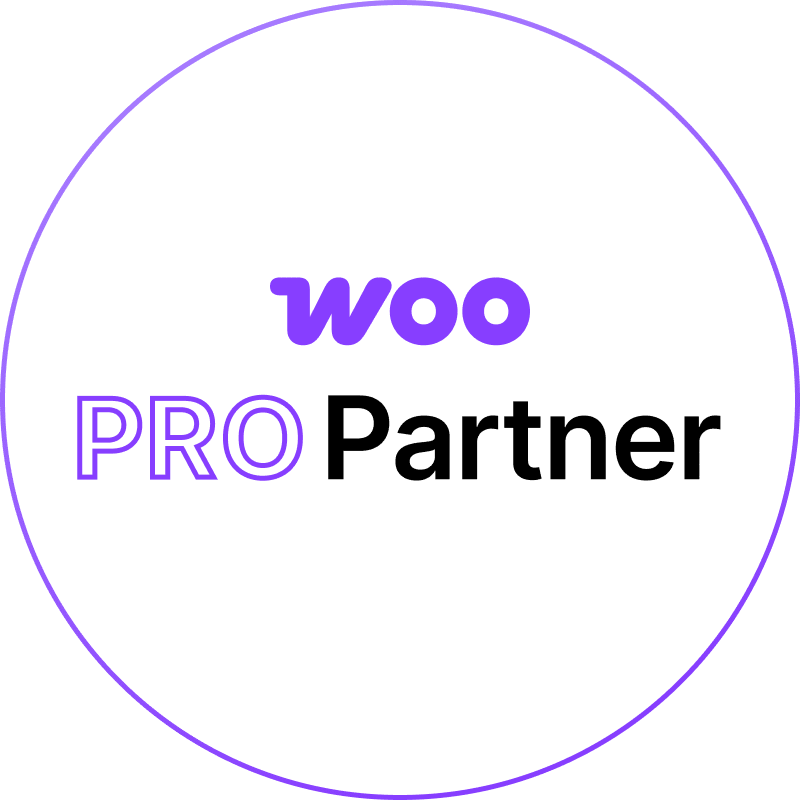How PPC Can Transform Your Local Business Marketing Strategy
Local businesses often face a unique set of challenges when it comes to marketing. Unlike larger, more established brands with extensive budgets and nationwide reach, small businesses must fight for visibility within their community while competing with other local businesses. The digital landscape has leveled the playing field somewhat, but with so many businesses fighting for attention, standing out can still be difficult. Fortunately, Pay-Per-Click (PPC) advertising offers a powerful solution for local businesses looking to increase their visibility and drive foot traffic.
PPC allows businesses to place targeted ads that appear on search engines, social media platforms, and other online networks, driving highly relevant traffic to your website or physical location. Unlike traditional advertising methods, PPC is measurable, flexible, and can provide immediate results, making it an ideal choice for local businesses with limited marketing budgets. With a well-crafted PPC strategy, local businesses can gain a competitive edge, attract the right audience, and ultimately boost their sales.
This guide will explore how PPC can transform your local business marketing strategy. From targeting local customers to driving traffic and increasing ROI, we’ll walk through the essential steps that can help local businesses maximize the impact of their PPC campaigns. For those seeking additional support, PPC services can help ensure every element of your campaign is optimized to achieve the best possible results.
Targeting Local Customers with Precision
One of the most significant advantages of PPC for local businesses is its ability to target specific geographic areas with precision. Unlike traditional forms of advertising, where reaching the right audience often involves broad, expensive campaigns, PPC enables you to focus your efforts on users who are actively searching for products or services in your local area. By using tools like geotargeting, you can ensure that your ads only reach people who are within a certain radius of your business, making every dollar spent more efficient.
For example, a restaurant in a busy city can target users searching for “restaurants near me” or “best Italian food in [city].” By using location-based keywords, the business can ensure that their ad appears to users who are in the immediate vicinity, increasing the chances of driving in-person visits. This hyper-targeted approach allows local businesses to capture customers who are already interested in their products or services, rather than relying on broad, generalized ads that may not be as effective.
In addition to location-based targeting, using specific local keywords can help narrow down your audience even further. For instance, instead of simply targeting “plumbing services,” a local plumber can target keywords like “emergency plumbing services in [city]” or “best plumber in [neighborhood].” By focusing on these long-tail keywords, local businesses can connect with people who have a specific need and are ready to take action.
With PPC, local businesses can also refine their campaigns to ensure they are targeting the right type of customer based on factors such as their location, device, search history, and even the time of day. These features provide businesses with the ability to make real-time adjustments to their campaigns, ensuring that their budget is being spent as efficiently as possible.
Maximize Local Visibility in Search Results
In today’s digital age, most consumers turn to search engines like Google to find products or services near them. For local businesses, appearing in search results at the right time is crucial for attracting new customers. This is where PPC can make a significant impact. With Google Ads, businesses can push their ads to the top of search results, above organic listings, giving them greater visibility and increasing the chances of being clicked by potential customers.
When someone searches for a local business, Google displays ads alongside organic search results, often with location extensions that show the business’s address, phone number, and hours of operation. This makes it easy for users to find all the information they need right on the search page, increasing the likelihood that they will click on your ad. For local businesses, having this prominent placement is invaluable, especially when competing against other businesses in the area.
Local search ads also benefit from Google’s “near me” searches, which have become increasingly popular. For example, a user searching for “coffee shops near me” is likely looking for a nearby location to get a quick coffee fix. By bidding on keywords like “coffee shop near me” or “best coffee in [city],” a local coffee shop can ensure that its ad appears in front of potential customers at the exact moment they are looking for a business like theirs.
Beyond just appearing at the top of search results, local ads can also integrate with Google My Business (GMB), which is a free tool that allows businesses to manage their online presence. By optimizing your GMB listing and linking it to your PPC campaigns, you can enhance your ad’s performance by showing additional business information, such as customer reviews, business hours, and directions. This level of detail helps build trust and makes it easy for users to connect with your business.
By using PPC to increase local visibility, businesses can ensure they are reaching the right audience when it matters most—whether it’s to encourage a visit to a physical store or drive more conversions on their website.
Use Google My Business with PPC for Greater Impact
Integrating your Google My Business (GMB) account with your PPC campaigns can amplify the effectiveness of your local marketing efforts. GMB allows you to control how your business appears in local searches, while PPC ensures your business is front and center when potential customers are searching for services like yours. By combining these two tools, you can create a powerful marketing strategy that boosts visibility and drives more local traffic.
Your GMB profile should include up-to-date information such as your business hours, address, phone number, and website URL. You should also ensure that your business is properly categorized and that your photos and customer reviews are up to date. The more complete and accurate your profile is, the more likely it is to rank higher in local search results, especially when paired with a PPC campaign.
Google Ads offers several features that integrate seamlessly with GMB, including location extensions and call extensions. Location extensions allow your business’s physical address to appear directly in your PPC ads, making it easy for customers to find your store and visit in person. Call extensions allow users to click on your ad to call your business directly from the search results. These features are particularly valuable for local businesses that want to drive foot traffic and phone inquiries.
By linking your GMB account with your Google Ads account, you can also track performance and gain insights into how well your PPC ads are driving local traffic. For example, Google Ads will show how many people clicked on your address or called your business directly from your ads, giving you valuable data to optimize your campaigns. This integration ensures that your local marketing efforts are cohesive, measurable, and effective.
By combining Google My Business with your PPC campaigns, you can improve your local presence, enhance customer engagement, and ultimately increase conversions, helping you compete effectively with larger brands in your area.
Drive Targeted Traffic to Your Website or Store
One of the key benefits of using PPC advertising for local businesses is its ability to drive highly targeted traffic to your website or physical location. Unlike traditional advertising methods that may reach a broad audience, PPC allows you to focus your efforts on individuals actively searching for your products or services. This highly targeted approach helps ensure that you’re reaching the right customers at the right time.
For local businesses, this is especially important. Many small businesses rely on foot traffic or local inquiries, and PPC can help drive this type of engagement. For example, a local bakery could use PPC to target users searching for “best cupcakes near me” or “local bakery in [city].” These targeted keywords help ensure the ads are only displayed to people who are most likely to make a purchase, either by ordering online or visiting the store.
Additionally, using location extensions in your PPC campaigns can help drive people to your physical store by displaying your business address, hours of operation, and phone number directly in the ad. For instance, a gym targeting local residents could include “Visit Us Today” or “Call for Free Trial” in the ad copy, along with location extensions showing the gym’s address, making it easier for people to get directions or inquire about services. This immediate access to key information helps users take the next step, whether it’s visiting your store, calling for more details, or completing a purchase online.
By using PPC to target local customers, small businesses can drive relevant, high-quality traffic to both their website and physical store, boosting sales and increasing foot traffic, even when competing against larger brands.
Leverage Local Events and Offers in Ads
Local businesses can greatly benefit from running PPC campaigns that focus on seasonal promotions, local events, or special offers. These types of campaigns are not only highly relevant to your target audience but can also generate a sense of urgency that drives immediate action. For instance, a local furniture store could promote a limited-time sale like “End-of-Season Clearance – 30% Off All Living Room Sets.” This creates urgency and entices people to take action before the sale ends.
Additionally, tying PPC campaigns to local events is a great way to engage your community and bring in new customers. For example, a local coffee shop could run a PPC campaign promoting discounts or special deals during a nearby festival or local event. The ad might read: “Get 15% Off Your Coffee During [City’s] Annual Festival – Visit Us Today!” This kind of promotion not only attracts local customers but also takes advantage of the event’s increased foot traffic and local attention.
Using PPC to highlight specific, time-sensitive offers allows local businesses to attract customers who are actively looking for deals or are already engaged in local events. It’s also an excellent way to increase awareness and differentiate your business from larger competitors who may not be able to participate in local happenings or cater to community-specific needs.
Improve ROI with Specific Bidding Strategies
With a limited marketing budget, local businesses need to ensure that their PPC campaigns are not only driving traffic but also providing a strong return on investment (ROI). One of the best ways to do this is by using specific bidding strategies that help optimize ad spend and maximize results. Google Ads offers a range of bidding options that can help you focus your budget on the areas that matter most.
For example, using the “Target ROAS” (Return on Ad Spend) bidding strategy allows businesses to set a goal for how much revenue they want to earn for each dollar spent on ads. This automated bidding strategy adjusts bids based on the likelihood of a conversion, helping local businesses make the most of their ad spend by optimizing for high-value actions. If your business focuses on high-margin products, you can use this strategy to focus on bids that will bring in more revenue.
For smaller budgets, starting with a bidding strategy like “Maximize Conversions” can be more beneficial. This strategy focuses on driving as many conversions as possible within your set budget, optimizing your bids to achieve the highest volume of quality leads. If your goal is to get the most out of every dollar spent, this strategy can ensure that your PPC campaigns focus on actions that have the highest potential to turn into sales.
In addition to automated bidding strategies, local businesses can also adjust their bids based on geographic location. By using location-based bid adjustments, businesses can increase bids for areas with high demand or strong conversion potential. For example, if you know certain neighborhoods or zip codes have a higher concentration of your target audience, you can increase bids for those areas to ensure your ads are more likely to be shown to the right people.
Using specific bidding strategies not only helps local businesses optimize their budget but also ensures they’re targeting the right audience with the right messaging, increasing the chances of conversion and maximizing ROI.
Retargeting to Stay Top of Mind Locally
One of the most powerful PPC strategies for local businesses is retargeting. Not every person who clicks on your ad will immediately make a purchase or visit your store. However, retargeting allows you to re-engage users who have shown interest in your business but didn’t convert the first time. This increases the likelihood of turning those leads into customers by keeping your brand top of mind.
For instance, if a potential customer visits your e-commerce website and browses a selection of products but leaves without making a purchase, you can use retargeting to display ads for those same products as they browse other sites. This reminds them of the product they were interested in and encourages them to come back to complete the purchase.
Local businesses can also use retargeting to reach people who have visited their physical stores or interacted with their online listings but have not taken further action. For example, a local gym might retarget individuals who previously clicked on their ads but didn’t sign up for a membership. Retargeting ads could include offers like “Get Your First Month Free” or “Join Now and Save 20%,” providing a clear incentive for the user to return and take the next step.
Dynamic remarketing takes this concept even further by personalizing the ads based on the user’s actions on your site. If a user looked at a specific product or service, dynamic ads will display that exact item along with additional product details, such as special offers or discounts. This tailored approach not only increases relevance but also boosts the likelihood of conversion by showing potential customers exactly what they want, right when they are considering it.
By utilizing retargeting, local businesses can significantly improve conversion rates and stay visible to users who have already shown interest in their brand. This strategy allows businesses to nurture relationships with potential customers and drive more sales, even if initial interactions didn’t result in immediate conversions.
Measure Local Campaign Success with Analytics
Running successful PPC campaigns for local businesses requires more than just launching ads and hoping for the best. To truly understand the impact of your efforts, you need to track key performance metrics that show how well your campaigns are performing in your specific geographic area. Google Ads and other advertising platforms provide powerful tools to track, analyze, and optimize your local campaigns.
Key metrics to monitor include click-through rate (CTR), conversion rate, and cost per conversion. CTR measures how often your ad is clicked relative to how often it’s shown, while the conversion rate tells you how many of those clicks lead to an actual action (e.g., a sale or store visit). Cost per conversion is essential for evaluating the financial efficiency of your campaigns, as it tells you how much it costs to acquire a customer or complete a sale.
In addition to these metrics, you should track geographic performance. Google Ads offers location reports that break down how your ads are performing in different areas, allowing you to understand which regions are bringing in the most traffic and conversions. If certain zip codes or neighborhoods are performing better than others, you can increase your bids for those areas, ensuring your ads are shown more frequently to users who are more likely to convert.
Conversion tracking is another critical component of measuring success. By tracking specific actions, such as clicks on your phone number or directions to your store, you can gauge the effectiveness of your local campaigns in driving offline engagement. This is particularly valuable for businesses with physical locations, as it allows you to measure how many users are taking action as a result of your ads.
By closely monitoring and analyzing these metrics, local businesses can fine-tune their PPC campaigns to achieve better results, allocate their budget effectively, and ensure they’re getting the best possible return on their investment.
Stay Competitive with Continuous Campaign Optimization
The digital landscape is always evolving, and local businesses need to continuously optimize their PPC campaigns to stay competitive. While launching a successful PPC campaign is a great first step, ongoing campaign optimization is crucial to maintain performance and drive sustained growth. Regularly analyzing campaign performance and making adjustments based on data will help ensure that your ads remain relevant and effective over time.
Start by conducting regular A/B testing to improve your ad copy, targeting, and bidding strategies. Test different variations of your headlines, descriptions, and calls-to-action (CTAs) to see which ones perform best. For instance, you may find that emphasizing “Free Shipping” in your ad copy leads to higher engagement, or you might discover that offering a limited-time promotion like “20% Off This Weekend Only” boosts conversions. Testing allows you to identify the most compelling messages for your local audience and fine-tune your ads to maximize impact.
Another way to optimize your campaigns is by adjusting your targeting based on performance data. For example, if you notice that certain geographic areas are consistently outperforming others, you can adjust your location targeting or bid more aggressively in those regions. Additionally, using audience segmentation allows you to tailor your messaging to specific customer groups, such as those who have previously interacted with your business or those who are likely to make repeat purchases.
Optimizing your budget is another critical aspect of ongoing campaign management. By analyzing the performance of your campaigns, you can shift your budget to high-performing ads or products that are delivering the best ROI. If certain keywords or products are consistently driving sales, consider allocating more of your budget to those areas to capture even more qualified traffic. Conversely, reduce or pause spending on underperforming campaigns to avoid wasting your budget on clicks that aren’t generating results.
With continuous optimization, local businesses can keep their PPC campaigns running efficiently and ensure that they are always meeting their marketing goals. Ongoing adjustments based on data-driven insights will help improve campaign performance, increase ROI, and keep you competitive in the ever-changing digital landscape.
Scale Your PPC Campaigns to Drive Long-Term Growth
Once your local PPC campaigns start delivering positive results, scaling your efforts becomes the next step to drive sustained growth. Scaling doesn’t mean simply increasing your budget across the board; it involves making strategic decisions about where to focus additional resources to maximize ROI.
To scale effectively, start by identifying your best-performing ads, keywords, and locations. If a specific keyword or product category is driving the most conversions, consider increasing your budget for that area to capture more high-quality traffic. You can also explore new product categories or services to expand your offerings, using your successful campaigns as a foundation for growth.
In addition to increasing your budget for successful campaigns, expanding your geographic targeting can help you capture more customers in nearby areas. For example, if your business is seeing strong results in one neighborhood, you might choose to expand your targeting to adjacent regions or neighboring cities. This geographic expansion allows you to grow your customer base and reach more potential clients.
Another way to scale is by testing new advertising platforms, such as Facebook Ads or Instagram Ads, to reach a different segment of your audience. These platforms offer powerful targeting options and can complement your Google Ads campaigns by driving traffic from social media channels.
Scaling your campaigns requires careful planning and regular monitoring to ensure that your increased spending continues to deliver positive results. By focusing on high-performing areas and expanding strategically, local businesses can use PPC to drive long-term growth, capture new customers, and continue to build brand awareness in their community.Ready to take your PPC campaigns to the next level? Contact Zen Agency today to discover how our expert PPC management services can help you drive targeted traffic, increase conversions, and maximize your ROI. Let’s turn your digital ads into measurable success!

















